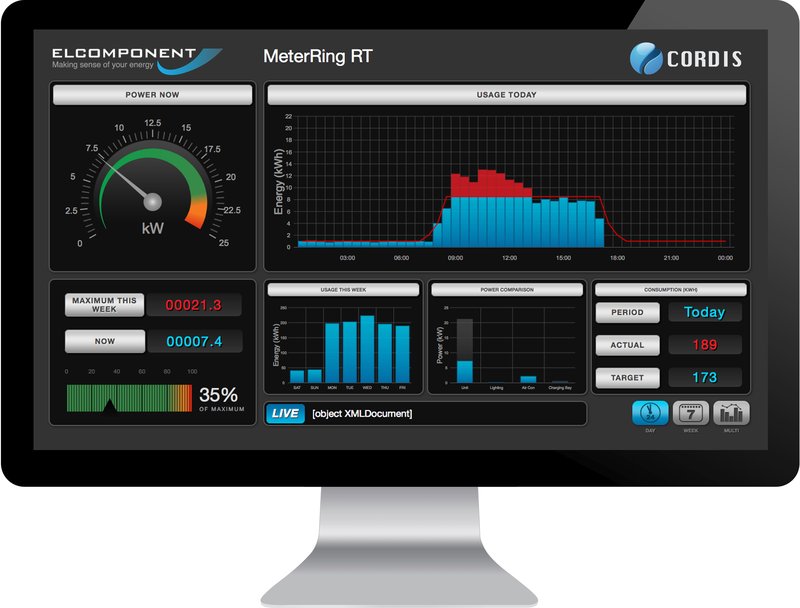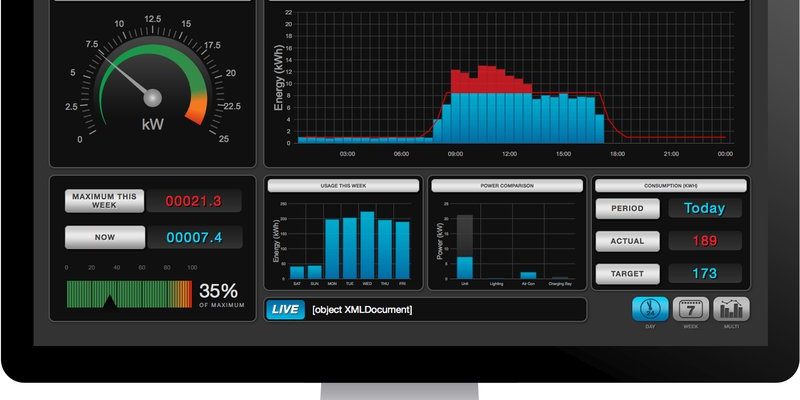
Monitoring these inchworms can provide crucial insights into the overall health of trees. By keeping an eye on their populations and behaviors, you can learn a lot about the changes in the trees they inhabit. But how do you go about this? Is it as simple as counting them every now and then? Here’s the thing: understanding their dynamics requires a bit of knowledge about their life cycles, their interactions with trees, and what environmental factors can affect both. Let’s dive into the fascinating world of inchworms and explore how they relate to tree health.
What Are Inchworms?
To get started, it’s important to understand what exactly inchworms are. Inchworms are larvae of several species of moths, primarily from the family Geometridae. You’ll recognize them by their distinct movement, which involves a looping motion; it almost looks like they’re measuring the distance they travel—as if the name “inchworm” was specifically made for them. They’re usually green or brown, allowing them to blend in seamlessly with the trees and shrubs they inhabit.
These little guys have a fascinating life cycle. They begin as eggs laid on leaves. Once hatched, they go through several stages, known as instars, before eventually transforming into adult moths. Throughout their time as larvae, inchworms can consume a significant amount of foliage. This can be good for the environment in small doses, but if their populations explode, they can do serious damage to trees.
Monitoring inchworm populations is crucial because it helps us understand more than just how many there are. Recent studies indicate that increased inchworm activity can correlate with other changes in the ecosystem, such as shifts in tree health and the presence of diseases. So, by keeping tabs on these inchworms, we can glean important insights into our trees.
Why Are Inchworms Important Bioindicators?
Now, you might be wondering why inchworms are considered bioindicators of tree health in the first place. Well, bioindicators are organisms that reflect the health of an environment. Inchworms are particularly sensitive to changes in their surroundings, which makes them excellent indicators of tree and forest conditions.
When tree health declines—due to factors like pollution, climate change, or pest infestations—the first place you might notice it is in the inchworm population. For instance, if trees are stressed and not producing enough leaves, inchworms might not have enough food to survive. Conversely, a sudden surge in inchworm numbers can indicate that a tree is under stress, as they tend to thrive in environments that are already being negatively impacted by other pests or diseases.
Monitoring these populations can help forest conservationists and arborists predict potential issues before they escalate. For example, a sharp increase in inchworms could prompt further investigation into what’s affecting the trees, allowing for targeted interventions to protect forest health.
How to Monitor Inchworm Populations
Alright, so how do you actually monitor inchworm populations? First, you’ll want to become familiar with their life cycle and typical behaviors. This means getting out into the field and observing them during different times of the year. One effective method is to conduct regular tree inspections. Here are some steps to guide you:
- Choose Your Trees: Focus on specific trees you want to monitor. Pay attention to species that are known hosts for the inchworm larvae.
- Visual Inspections: Look for inchworms on the leaves and branches. You can gently shake branches to see if any inchworms fall off.
- Count and Record: Keep a log of how many you see over time. This can give you a better picture of whether their numbers are increasing or decreasing.
- Check Health Signs: Look for signs of tree stress, such as yellowing leaves, dieback, or unusual leaf drop, and correlate this with your inchworm observations.
Regular monitoring will help you spot trends in inchworm populations, which can be vital when it comes to taking action to protect your trees. You might even add in some fun with your friends or family to make it a fun outing!
The Environmental Factors Affecting Inchworms
Inchworm populations don’t exist in a vacuum. They are influenced by various environmental factors, including temperature, humidity, and even the presence of predators. For example, higher temperatures and increased humidity can lead to better survival rates for inchworms. This means that if the weather is unusually warm and wet, you might see a spike in their numbers.
Conversely, harsh winters or significant droughts can dramatically reduce their populations. It’s a delicate balance. When conditions are just right, inchworms can flourish, leading to potential tree defoliation. This is a big deal because defoliated trees are more vulnerable to disease and other pests.
Monitoring environmental conditions is just as important as counting inchworms. You might want to keep a journal of the weather and how it correlates with what you see in your inchworm populations. This approach helps create a full picture of tree health.
Recognizing Tree Health Issues Through Inchworm Behavior
As you monitor inchworms, keep an eye out for changes in their behavior. For instance, if you notice they’re eating more leaves than usual or if their numbers suddenly spike, this could indicate a problem with the trees.
It might also be worth noting the species of trees and their condition. If inchworms are primarily feeding on one specific type of tree and leaving others alone, it could suggest that particular species is under stress. Observing such behavior can help you understand which trees might need extra care.
Moreover, using integrated pest management (IPM) strategies can be beneficial. This involves combining monitoring with various control measures, like natural predators or biological controls, instead of solely relying on chemical treatments. By adopting a holistic view, you can keep your trees healthier in the long run.
Inchworms and Their Role in Forest Ecosystems
Think about it: inchworms might seem insignificant, but they are part of a larger ecosystem. They serve as food for many birds and other insects, creating a balance in nature. When you monitor inchworms, you’re also looking at a snapshot of the health of the entire forest.
By supporting the populations of natural predators like birds, you can help keep inchworm numbers in check, which in turn helps maintain tree vitality. This interconnectedness emphasizes why monitoring inchworms is not just about counting a single species—it’s about understanding your entire ecosystem.
Plus, community involvement can ramp up these efforts. Getting local schools, gardening clubs, or environmental groups involved in monitoring can foster a greater appreciation for tree health and the smaller creatures that influence it.
Inchworms might be small, but they play a big role in tree health and overall forest ecosystems. By monitoring their populations, you can gain valuable insights into your trees’ well-being and make informed decisions to protect them. So, the next time you see an inchworm making its slow journey across a branch, remember—it’s not just a cute little creature; it might be telling you something important about the health of your trees.
By keeping an eye on these quirky critters, you’re not just watching nature—you’re actively participating in the health and preservation of your environment. And that’s something we can all get behind. Happy inchworm watching!

